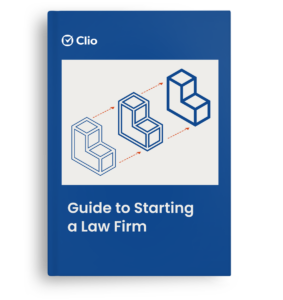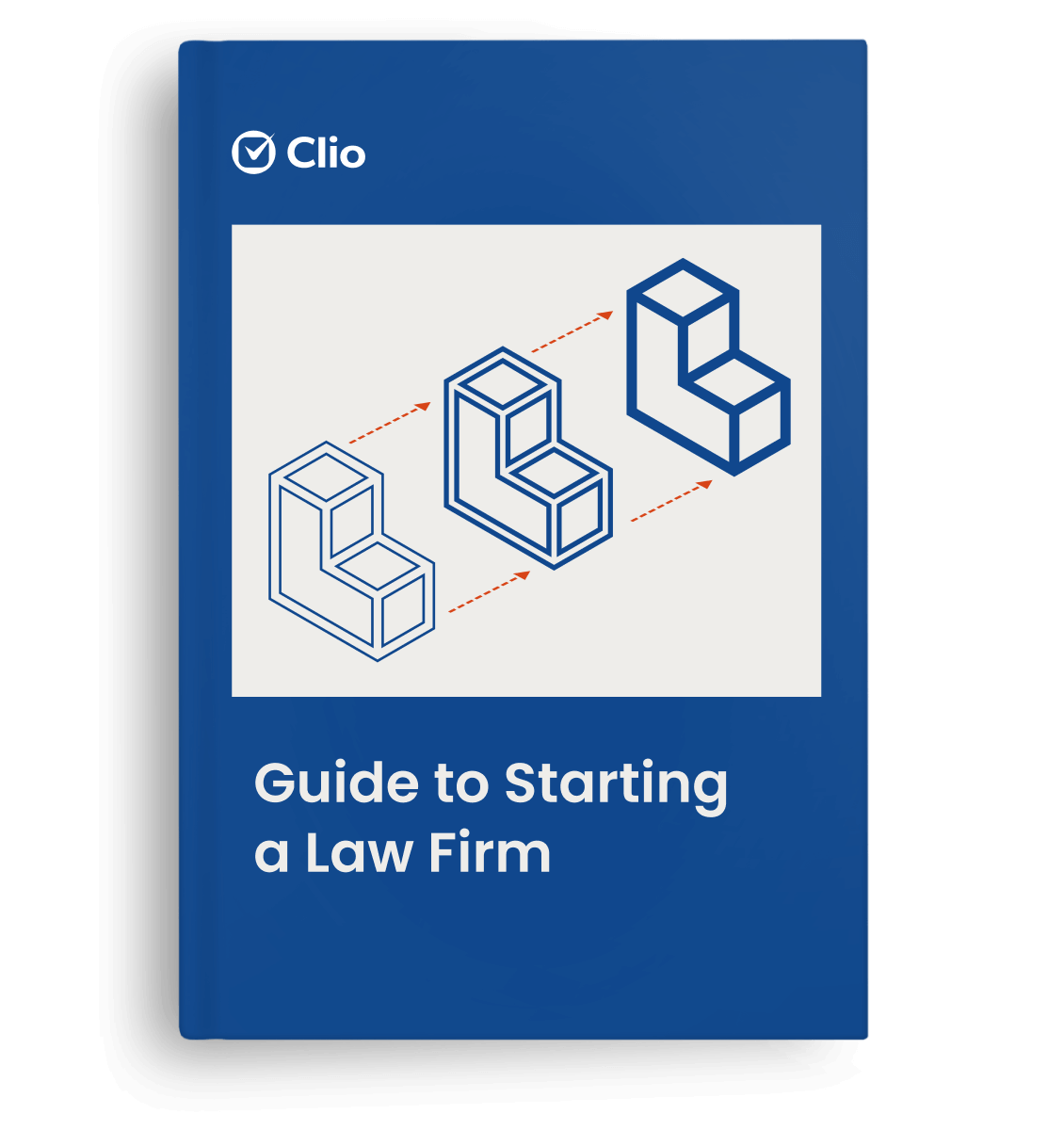Each year, legal tech changes faster and faster. From new apps and services, to shifting client expectations, to new regulations covering tech and what it means for the practice of law, there’s plenty for lawyers and legal professionals to stay on top of.
For the competitive, tech-savvy lawyer, here are seven law firm technology trends to watch in the new year.
1. The age of the client-centered law firm
New technology brings new client expectations for every industry—including law firms. There’s plenty of opportunity here: The 2018 Legal Trends Report found that for most law firms, there’s a gap between what lawyers think clients want and what their clients actually want. For example, 57% of lawyers expect that their clients prefer to pay them in person, yet only 39% of them actually do. In fact 38% of consumers would prefer to make payments electronically through email or an online portal or website.
Clients expect the same excellent service that they get from companies like Amazon from any business they interact with, so law firms that can provide instant communication, thoughtful service, and all-around client-centered experiences will stand out from the rest.
To get started with a client-centered approach in 2019, try thinking of things from your client’s perspective, communicating clearly and often, and using tech to streamline firm processes that affect client experiences (bonus: This last step will help make your firm more efficient and profitable as well). For a more data-driven approach, take a run at measuring your firm’s NPS®.
Learn more about what it means to run a client-centered law firm.
2. The platform-ization of legal tech
With more and more legal apps and services becoming available for lawyers, platforms are becoming more and more important. Platforms provide a central place for the apps and services you use to connect, which means instead of wrestling with a number of different programs and risking error with duplicate data entry, you can use tools as needed and access all of your information from one powerful platform.
Behind the scenes, platforms encourage those who develop legal tech tools to work together: By communicating via an Application Programing Interface (API), companies are better positioned to iterate, standardize, and build something that’s greater than the sum of its parts.
See what you can connect to Clio’s platform in the Clio App Directory.
You may like these posts
3. The need to take care with online communication
Lawyers have a duty to comply with professional ethics rules well beyond the office and the courtroom. This includes online life as well, and in 2019, the need for lawyers to be mindful of how they communicate online will be more important than ever.
Case in point: One former federal prosecutor in Louisiana was disbarred for inappropriate comments online, even though the comments were made anonymously. The decision read, “Our decision today must send a strong message to respondent and to all the members of the bar that a lawyer’s ethical obligations are not diminished by the mask of anonymity provided by the Internet.” Id. at 18.”
Know the do’s and don’ts of social media for lawyers: Read this list.
4. Knowing when to use chatbots (and when not to)
The use of both Artificial Intelligence and chatbots is on the rise in law firms, and laws about their use are starting to become more nuanced as well. For example, in California, there’s now a law that bans bots from misleading people into letting them believe they’re a real human.
This speaks to the importance of knowing when to use a chatbot, and when not to. If you’re using a chatbot to gather information, help clients (or potential clients) fill out forms, or in other instances where it’s clear to the person on the other chat that your bot isn’t human, there’s no need to worry about whether your chatbot use is in the right side of the law—and for these transactional interactions, your clients will appreciate the convenience of being guided through tedious processes.
Just take care to ensure you’re not using a bot to “incentivize a purchase or sale of goods or services,” and save nuanced, critical conversations for real humans.
5. Stricter privacy laws
With the implementation of the EU’s General Data Protection Regulation (GDPR) in 2018 and new privacy rules coming into effect in California in 2020, it’s clear that stricter privacy rules will likely be a growing trend in 2019 and beyond.
For lawyers, staying up-to-date on changing laws and understanding what new rules mean for their duties will be key, especially when it comes to client confidentiality. Consider choosing vendors that are GDPR-compliant as a start, but above all else, make sure you’re aware of changing regulations in your jurisdiction, and alter your processes if needed to stay compliant.
6. Improving court technology
Last year, when we asked lawyers and legal professionals about their predictions for the next 10 years of legal tech, several predicted improvements in court technology such as online filing in all courts, and the allowance of all court appearances by video conference.
For lawyers, this means opportunity for easier online referencing, using links to online sources such as those found via Fastcase, for example.
7. Tech-supported diversity initiatives for law
A 2018 study found that female partners still make 24% less than male partners in law firms on average. In other words, while there was plenty of light shone on inequality in 2018, and a number of changes made, there’s still room for improvement in the legal industry.
Large tech companies continue to support this change. For example, Microsoft continues to incentivize its preferred provider firms to diversify their leadership, and celebrated the 10th anniversary of its law firm diversity program in 2018.
Meanwhile, immediate-past ABA president Hilarie Bass announced in September that she would leave her leadership position at Greenberg Traurig to found the Bass Institute on Diversity and Inclusion with a goal to advance gender diversity across industries.
With the legal industry working together with other industries, we’re positive that significant progress can be made on this front in 2019.
We published this blog post in January 2019. Last updated: .
Categorized in: Technology









